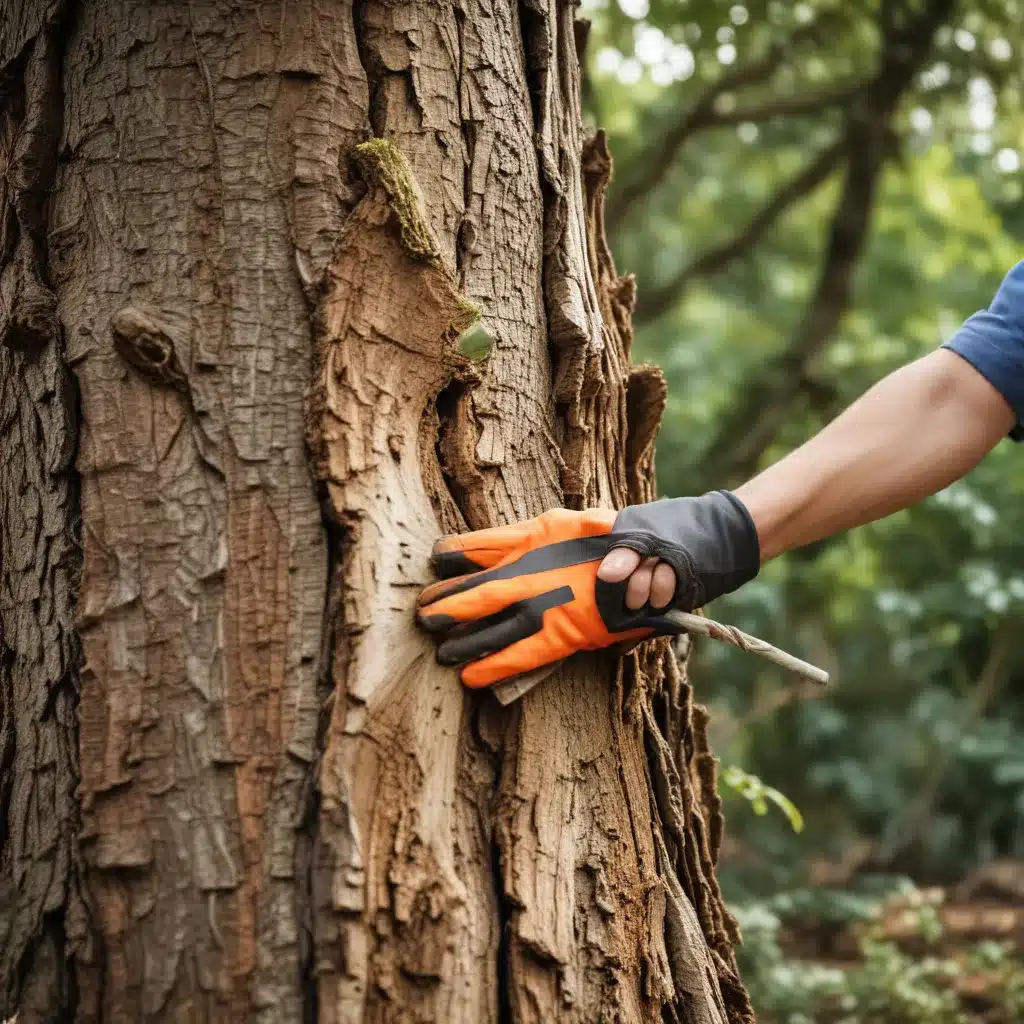
The allure of tackling home improvement projects independently is understandable. The satisfaction of a job well done, the cost savings, and the sense of empowerment can be quite rewarding. However, when it comes to tree care, the risks often outweigh the potential rewards for the average homeowner. Delving into the complexities of tree biology, common care challenges, and the fundamental maintenance essentials is crucial for any DIY enthusiast considering tree work.
Tree Care Fundamentals
Tree Biology and Structure
At the core of effective tree care lies an understanding of the plant’s intricate biological systems. Trees are complex, living organisms with an intricate network of roots, trunks, branches, and foliage. Each component plays a vital role in the tree’s overall health and structural integrity. Recognizing the delicate balance between these elements is essential when undertaking any pruning, trimming, or removal tasks.
Common Tree Care Challenges
The home landscape presents a myriad of potential obstacles for tree health and longevity. Environmental stressors, such as drought, pests, and disease, can compromise a tree’s vitality. Additionally, factors like improper planting techniques, soil compaction, and physical damage can all contribute to the decline of a once-thriving specimen. Identifying these issues and addressing them promptly is crucial for maintaining the ecological and aesthetic benefits trees provide.
Tree Maintenance Essentials
Sustaining the health and vigor of trees on your property requires a dedicated, year-round approach. Routine pruning, watering, and fertilization are essential maintenance tasks that help trees withstand the rigors of their environment. Mastering these techniques, while also understanding when to seek professional assistance, is the hallmark of a successful DIY tree care regimen.
DIY Tree Care Considerations
Potential Risks and Hazards
Delving into DIY tree work can be a tempting proposition, but the inherent dangers often outweigh the perceived benefits. According to the Consumer Product Safety Commission (CPSC), thousands of reported injuries related to tree trimming and removal occur annually, with a staggering 80% of these incidents involving homeowners. These range from minor cuts and bruises to severe trauma, and even fatalities. Underestimating the complexity of tree work, using improper tools, and neglecting safety equipment are common mistakes that can lead to catastrophic consequences.
Evaluating DIY Capabilities
Before embarking on a DIY tree care project, it is crucial to carefully assess your own skills, knowledge, and access to the appropriate equipment. Tackling tasks like tree climbing, limb removal, and stump grinding require specialized training and tools that the average homeowner simply may not possess. Overestimating one’s abilities can result in damage to the tree, your property, or even personal injury.
Benefits of DIY Approach
While the risks of DIY tree care are significant, there are instances where a hands-on approach can be both rewarding and cost-effective. For smaller, less complex tasks, such as light pruning or young tree care, a DIY approach may be feasible and even preferable. By taking an active role in the maintenance of your landscape, you can develop a deeper appreciation for the trees that grace your property and the important role they play in the local ecosystem.
Professional Tree Care Services
Expertise and Equipment
Hiring a professional tree care company provides access to a level of expertise and specialized equipment that the average homeowner simply cannot replicate. Certified arborists possess the training and experience to identify potential hazards, evaluate tree health, and execute complex procedures, such as tree removal or transplanting, safely and effectively. Furthermore, professional tree care services are equipped with the necessary tools and machinery to handle even the most challenging projects.
Cost and Scheduling
While the initial cost of professional tree care services may seem daunting, the long-term benefits often outweigh the financial investment. Experienced contractors can provide accurate assessments, offer tailored recommendations, and execute tasks in a timely and efficient manner. Additionally, their services are typically insured, shielding homeowners from potential liabilities that can arise from DIY tree work gone awry.
Liability and Regulations
The legal and financial ramifications of improper tree care can be significant. If a tree were to fall on your property or a neighbor’s, the costs of repairing any resulting damage can quickly escalate. Homeowners’ insurance may not cover damages incurred from DIY projects, leaving the homeowner responsible. Furthermore, if someone is injured during your DIY attempts, you could face legal liabilities. Professional tree care services carry the necessary insurance and adhere to local regulations, ensuring your project is completed safely and within the bounds of the law.
Best Practices for Homeowners
Tree Inspections and Assessments
Proactive monitoring of your trees is the cornerstone of effective care. Regularly inspecting your trees for signs of disease, pest infestations, or structural weaknesses can help you identify potential issues before they escalate. Consulting with a certified arborist can provide valuable insights and recommendations to maintain the health and longevity of your trees.
Pruning and Trimming Techniques
Proper pruning and trimming techniques are essential for promoting the overall health and aesthetic appeal of your trees. Understanding the appropriate timing, methods, and tools for these tasks can make the difference between a thriving tree and one that is in decline. Familiarize yourself with best practices, or consider enlisting the help of a professional to ensure your trees are cared for with precision.
Disease and Pest Management
Trees are susceptible to a wide range of diseases and pests, each with their own unique treatment requirements. Accurately identifying the issue and implementing the appropriate preventative or curative measures is crucial for preserving the health of your trees. Seek guidance from local extension services or arborists to develop a comprehensive management plan tailored to your landscape.
By recognizing the inherent complexities of tree care, homeowners can make informed decisions about when to tackle projects themselves and when to seek professional assistance. Prioritizing safety, understanding your limitations, and leveraging expert knowledge are the hallmarks of a successful tree care strategy. For additional resources and personalized guidance, visit TriCounty Tree Care or consult with a local certified arborist. Together, we can cultivate vibrant, resilient landscapes that thrive for generations to come.


